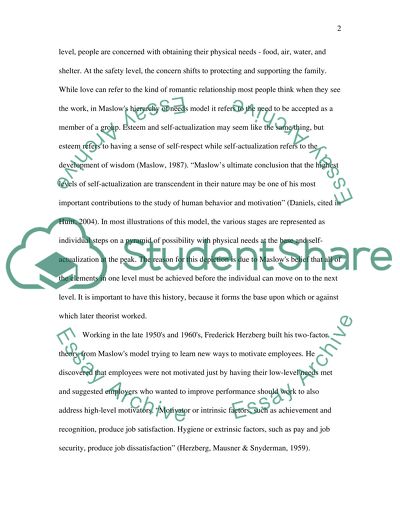Cite this document
(Organizations Employing and Motivation Theories Literature review, n.d.)
Organizations Employing and Motivation Theories Literature review. Retrieved from https://studentshare.org/human-resources/1497603-motivation
Organizations Employing and Motivation Theories Literature review. Retrieved from https://studentshare.org/human-resources/1497603-motivation
(Organizations Employing and Motivation Theories Literature Review)
Organizations Employing and Motivation Theories Literature Review. https://studentshare.org/human-resources/1497603-motivation.
Organizations Employing and Motivation Theories Literature Review. https://studentshare.org/human-resources/1497603-motivation.
“Organizations Employing and Motivation Theories Literature Review”, n.d. https://studentshare.org/human-resources/1497603-motivation.


